válvulas rotativas rotatorias
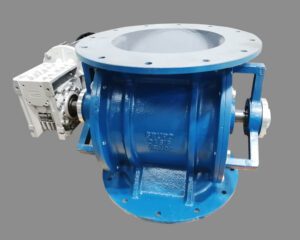
válvulas rotativas rotatorias
BLOG
What are rotary or rotary valves?
A rotary valve or rotary valve is an equipment that allows to dose powder materials, this can be used regularly in silos, in hoppers, in endless bands, mixers, helical transport, dust collectors, among others.
It is regularly made of carbon steel or stainless steel like most of its components.
Elements of a rotary valve
The rotary valves are formed by a central body, regularly made of steel, which is very resistant, inside it a rotor is housed which is formed by fins, which transport the product from the top to the bottom, this in turn It is held by a steel shaft, two caps on both sides of the body that reinforce the body and allow easy access to the rotor for maintenance, and a central shaft which is also made of steel.
The valve is actuated by a geared motor, which is designed to supply great power and accept large radial loads.
What is your function?
The main function of a rotary valve is to allow the dosing of the powder residues or granulated material, which are generated during various industrial processes, an internal rotor acts as a dispenser, since depending on the space between its fins it allows the quantities of powders or residues are adequate to displace during a certain period of time. On the other hand, they also have the function to avoid false air inlets and allow a hermetic closure in the discharge of a dust collector.
These must be resistant to abrasion, high temperatures and high pressure.
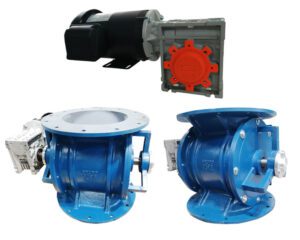
At Grupo Oasis, we develop your project from start to finish, we have specialized personnel to find the best solution for your company. Call us!
Rotary Valve Implementation
Rotary valves are used in the vast majority in the various industrial production processes around the world, regularly these intervene where you work with dusty products such as flour, sugar, cement, lime, clays, medical reagents, chemicals, plastic materials , shredded and many others.
In addition, there are other types of rotary valves that can be implemented in manufacturing processes where wood is involved, such as carpentry or furniture factories, these are specially designed and manufactured with a rotor with rubber blades, which are covered with fabric. In this process, we have equipment with a large opening in the buckets for proper unloading and avoiding material plugging.
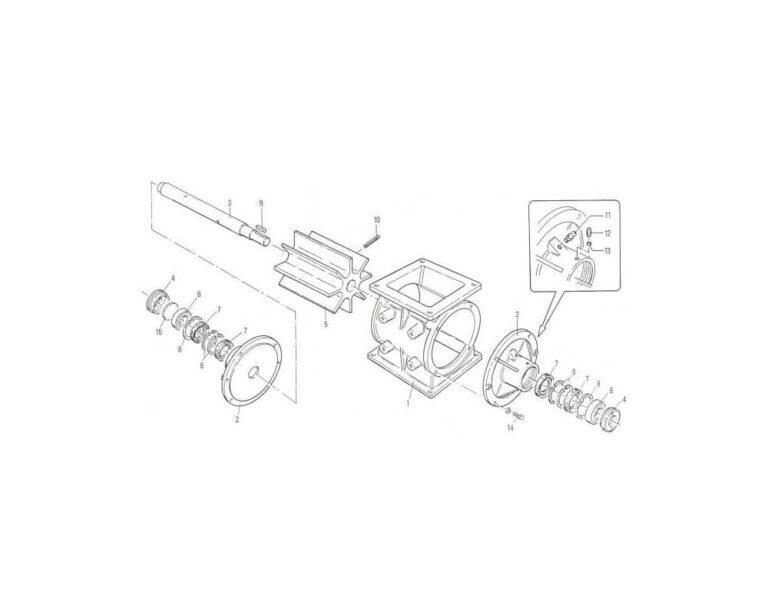
Also, there are the rotary valves made of stainless steel, which are regularly implemented in industrial processes where a lot of hygiene is required, such as in the manufacture of medicines, chemical elaboration, food, as well as in any other process in which it is requires a high degree of cleanliness and safety. This type of rotary is manufactured with special materials that prevent residues from sticking to their parts or becoming contaminated.
If you need a rotary valve, call us with pleasure we will help you.
DYNA FLO® Tips:
- Periodically check the correct operation of your rotary valve.
- Replaces damaged parts with new and original ones.
- Consider maintenance in your budgets.
- Always take into account the opinion of the maintenance staff.
Collector Types
válvulas rotativas rotatorias
válvula
Other articles of interest
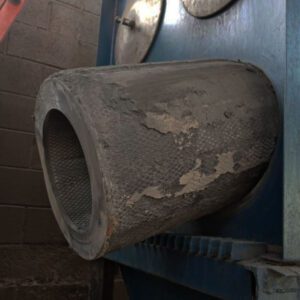
How long do the filters in an industrial dust collector last?
The lifetime of new filters, whether they are bag or cartridge type, can be determined during the first days of operation. Any type of filter, with the exception of those with a Teflon membrane, uses the layer of dust that accumulates on the surface of these to clean dirty air.
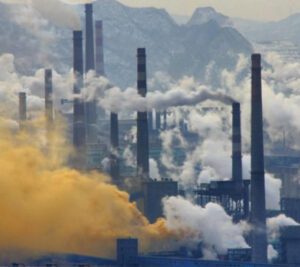
Air quality and its impact on Health and the Environment
For companies worldwide, one of the main concerns today is the impact of their production on the environment, air quality is a priority issue due to the risk it represents for…
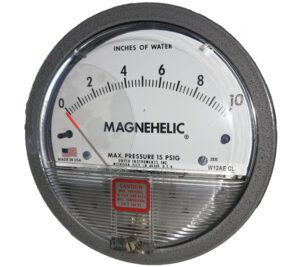
Interpreting the pressure differential
If the pressure differential is less than expected, look between:
Inappropriate system design that reduces the amount of air to levels below design.
Air leaks at some point in the duct system Blockage at some point in the





